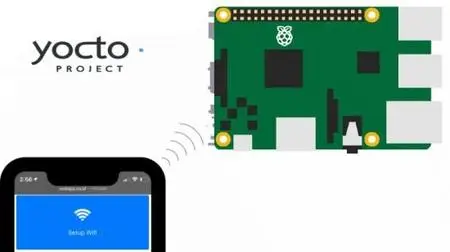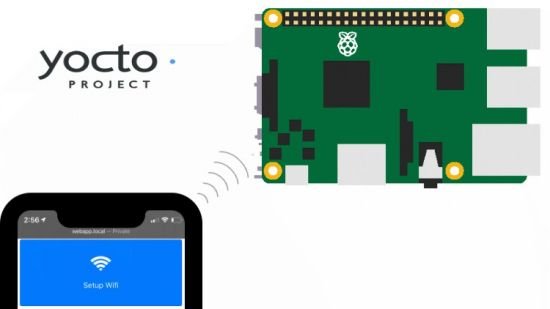Creating a Bespoke Raspberry Pi 4 web app OS using Yocto
MP4 | Video: h264, 1280x720 | Audio: AAC, 44.1 KHz, 2 Ch
Genre: eLearning | Language: English + srt | Duration: 14 lectures (2h 8m) | Size: 882 MB
MP4 | Video: h264, 1280x720 | Audio: AAC, 44.1 KHz, 2 Ch
Genre: eLearning | Language: English + srt | Duration: 14 lectures (2h 8m) | Size: 882 MB
Learn how to create a web app that runs on your Raspberry Pi 4 using Yocto.
What you'll learn:
Creating a Bespoke Raspberry Pi 4 web app Operating System using Yocto
Building a Yocto Build Server in Virtual Box.
Requirements
Must know linux, command line commands, raspberry pi, and have access to run a build server instance.
Some experience with PHP and Web devlopment are helpful but not required.
Description
This course is for anyone who wants to create a minimum viable product (MVP) using a Raspberry pi 4 hardware and the Yocto Project. If you have a web app already or need to figure out everything else such as: Connecting to a wifi without SSH , Shutting down or Rebooting your Pi , and Logging your activities via a web app, then this is the course for you.
We will go through two Phases. In Phase I we will set up your Yocto Build Sever in Virtual Box. After this Phase you will be able to boot from your Raspberry pi 4 and connect to it via SSH. In Phase II, we will go through 5 builds to get you from Hello World webapp to the final Web app that has the following features:
Connect to "Webapp" Adhoc Network
Setup Wifi
Scan WIfi
Connect to Wifi & Enable Wifi Auto Start
Configure system to remove Adhoc Settings
Reset Wifi Back to Adhoc mode
Remove Wifi Configurations / Auto Start
Reboot
Shutdown
View Logs
Toggle Debug Mode
Who this course is for
Intermediate to Advance developers or hobbyist who want to create their own bespoke operating system using Yocto for Raspberry Pi 4.
Anyone who wants to show a proof of concept web app or a minimum viable product using a Raspberry Pi.



